Replacing or installing a ceiling light fixture is often necessary because an old fixture has worn out or you want to do a decor overhaul. The work itself is usually quite easy, though anytime you are working with electricity there is some danger. Since an incorrectly installed lamp can cause an electric shock or fire hazard, the maintenance and installation instructions must be followed carefully.
In some countries there are just wires hanging from the ceiling and have to call an electrician to do all installations.
Screw connections in old houses
In Finland the ceiling lights for a long time have been installed using sokeripala (sugar cube) connectors. The ceiling light points in the old houses were equipped with a lamp connector with insulated screw-tight connectors that connected two wires coming from ceiling to the two wires in the lamp. In the past, the connectors were insulated with porcelain ceramic material and the connector looked like a piece of sugar. It has become a term that is still sometimes used, sugar cube. Later the insulation material was replaced with plastic.
Installing this type of lamp is electrical work. An ordinary user of electricity can install a decorative lamp, provided of course that he knows what he is doing. Since an incorrectly installed lamp can cause an electric shock or fire hazard, the maintenance and installation instructions must be followed carefully.
How Do You Install a Ceiling Light Fixture?
1. Shut off the power at the breaker panel to the fixture. Put a note or lock-out lock on the breaker box so no one turns it back on while you’re working. The wall power switch controlling the light fixture does not always safely turn off the power, so it is safest to turn off the power at the main service panel.
2. Test the light to make sure it doesn’t have power running to it.
3. Take a photo of the wires to have a visual reference of how the fixture is wired.
4. Disconnect the light fixture from the circuit wires by unscrewing the wire connectors.
5. Connect the same-colored wires together, using the picture of the previous wiring as a reference if needed.
6. Make sure the wires are secure. Use wire connectors on each pair of wires.
Vailaisinmarket has an article that explain with a video and in text how to successfully install a light fixture on a piece of sugar. In this instruction, the starting situation is that the lamp has a plug attached to it, which is removed first, and then the lamp is installed on a piece of sugar.
Installation on a sugar cube
Connect the wires to the sugar cube so that the same colored ones are opposite. If the lamp has 2 ground wires (yellow-green), connect both to the same hole.
Tighten the screws with a piece of sugar.
Hang the lamp with a loop on the ceiling hook
Tighten by gently pulling the cord, and lift the roof cup up. This way the suspension loop is locked in place.
Tighten the roof cup screw.
Ready!
The roof becomes a blue, brown and yellow-green spot for a sugar cube. The bulb that should be installed has a blue and brown wire. Blue is connected to blue brown to brown.
Video: Valaisimen asentaminen sokeripalaan
Ceiling light sockets
In new installations, connecting a lamp with a lamp plug is easy, because there is a socket for the lamp (=lamp socket) in the ceiling, and if the lamp plug fits into the box, it’s all right. In Finland and Sweden most apartment have light sockets in the ceiling where you can plug your lights. Just buy a lamp with a plug matching to this type socket, and you can plug it in. Plugging and unplugging can be done safely even with power on. The lamps hang lamp from the hook.
In Finnish apartments, for thirty years, lamp sockets, i.e. lamp sockets and plugs, have been used to connect lamps. Also in other Nordic countries, at one time, the lamp plug switch was generally used. However, such an old-style lamp plug switch is quite large and it can be difficult to fit it inside the ceiling cups of the lamps. Lamp sockets and plugs comply with Svensk Elstandard SS 428 08 31-3ed. T1: 1997 and Finland’s standard SFS 5799: 1995. Those connectors are rated 6A 250V.
In the past, the sockets in ordinary living rooms were not grounded, and the ceiling light points were also without a protective conductor. In new houses, all sockets are protectively grounded (sockets), and correspondingly, the lighting sockets are also protectively grounded and equipped with a protective conductor.
Lamp sockets and plugs shown below comply with Svensk Elstandard SS 428 08 31-3ed. T1: 1997 and Finland’s standard SFS 5799: 1995.
If you have an older lamp with just wires, you need to get a light plug that you screw into the lamp wires. They don’t cost a lot and can be found in any appliance store.
New DCL lamp connector
In Finnish apartments, for thirty years, lamp sockets, i.e. lamp sockets and plugs, have been used to connect lamps. Also in other Nordic countries, at one time, the lamp plug switch was generally used. However, such an old-style lamp plug switch is quite large and it can be difficult to fit it inside the ceiling cups of the lamps.
Also in other parts of Europe, a need has been found for a similar plug-in switch intended for connecting a lamp, and therefore a new model has been developed, the so-called DCL lamp plug switch.
Device for Connection of Luminaires (DCL) is a European standard for ceiling light fixtures introduced in 2005 and refined in 2009. It uses 6 ampere. DCL must carry the CE marking as per the Low Voltage Directive. DCL is only allowed to be installed with ground. DCL sockets and plugs comply with IEC 61955 standard. They are rated at 6A – 250V. Device for Connection of Luminaires (DCL) is a European standard for ceiling light fixtures introduced in 2005 and refined in 2009. DCL must carry the CE marking as per the Low Voltage Directive. DCL is only allowed to be installed with ground.
The DCL lamp socket and lamp plug are new internationally and European standardized structures for connecting lamps. DCL stands for Devices for the connection of Luminaires. This new structure will replace the previous structures in use in Finland and other Nordic countries.
The DCL type system has only one type of socket with protective earthing contacts. There are two types of plugs, those equipped with protective grounding contacts and those intended for class II lamps, where the protective grounding contact is replaced by an insulating pin.
Since it is a global standard, in the future the lamps intended to be connected by the resident themselves will be equipped with this new plug. In electrical installations, the DCL lamp socket has already been used in some locations. There will probably not be any deadline when you have to start using new sockets, but the use can be agreed upon as needed.
For more information go to my DCL light socket article at https://www.epanorama.net/newepa/2023/08/10/new-dcl-light-socket/
Sources:
https://en.wikipedia.org/wiki/Device_for_Connection_of_Luminaires
https://www.thespruce.com/how-to-replace-ceiling-light-fixture-1824657
https://www.reddit.com/r/Finland/comments/ptvogr/how_do_i_connect_a_light_bulb_to_these/?rdt=38561
https://www.homeserve.com/en-us/blog/how-to/install-ceiling-light/
https://www.plugsocketmuseum.nl/LampSockets1.html
https://stek.fi/sahkoturvallisuus/sallitut-sahkotyot/valaisimien-asennus/
https://stek.fi/sahkoturvallisuus/sallitut-sahkotyot/valaisinliitinpistorasian-asentaminen/
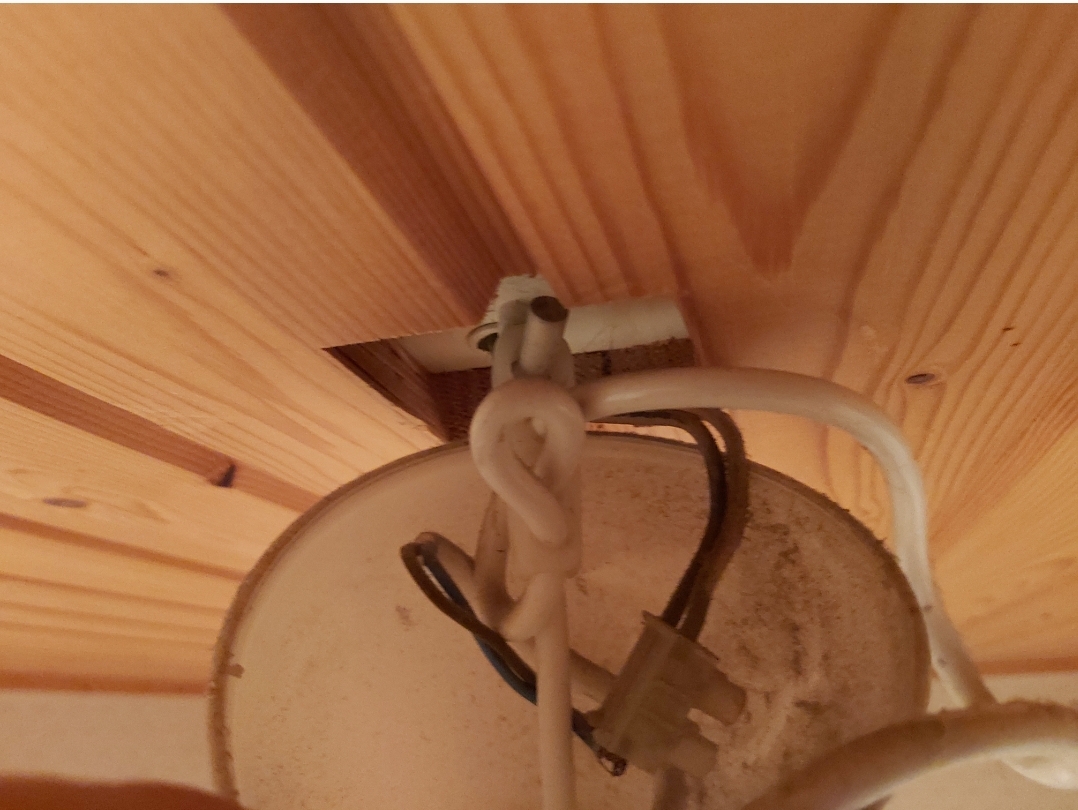
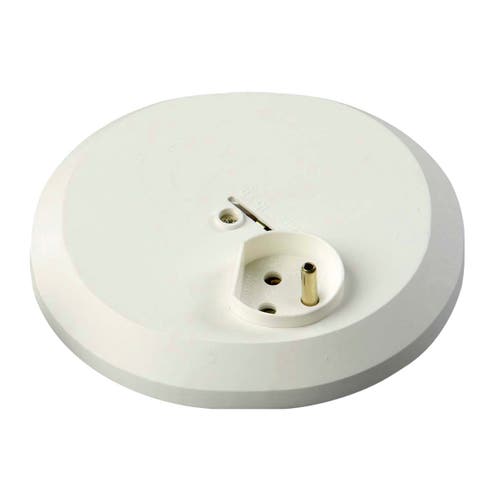
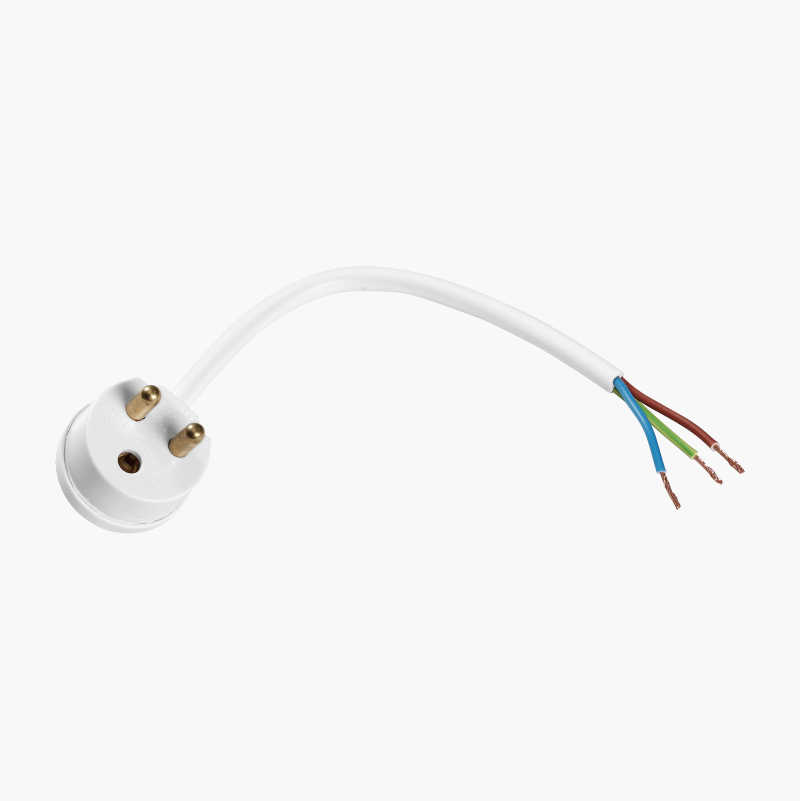
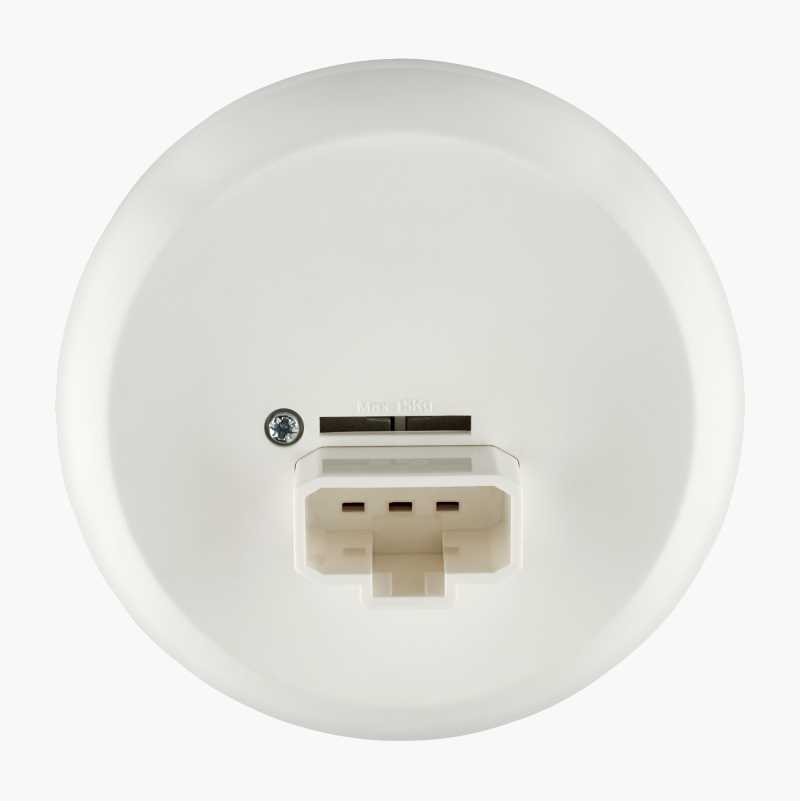
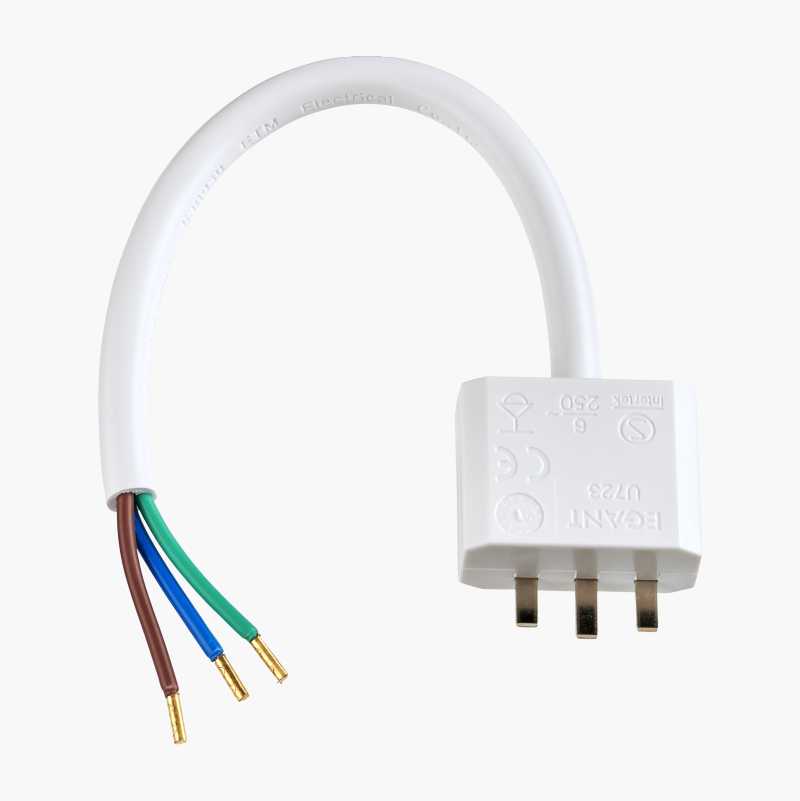
1 Comment
getaway shootout says:
I am overjoyed to have discovered this website at long last. Thanks for the post and your time! Please continue to share more as a blog. I’ve added it to my bookmarks so that I can stay in touch with you.